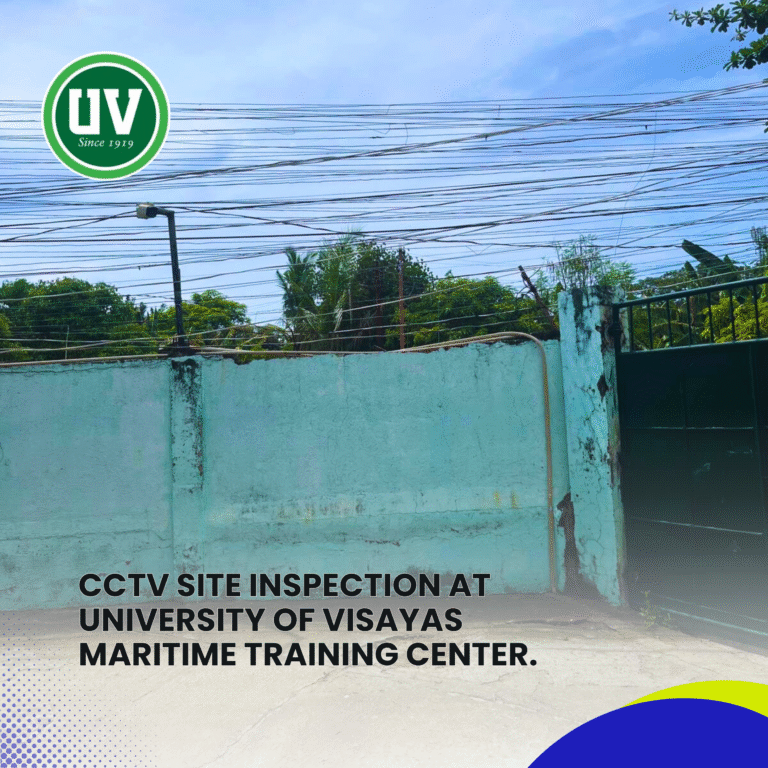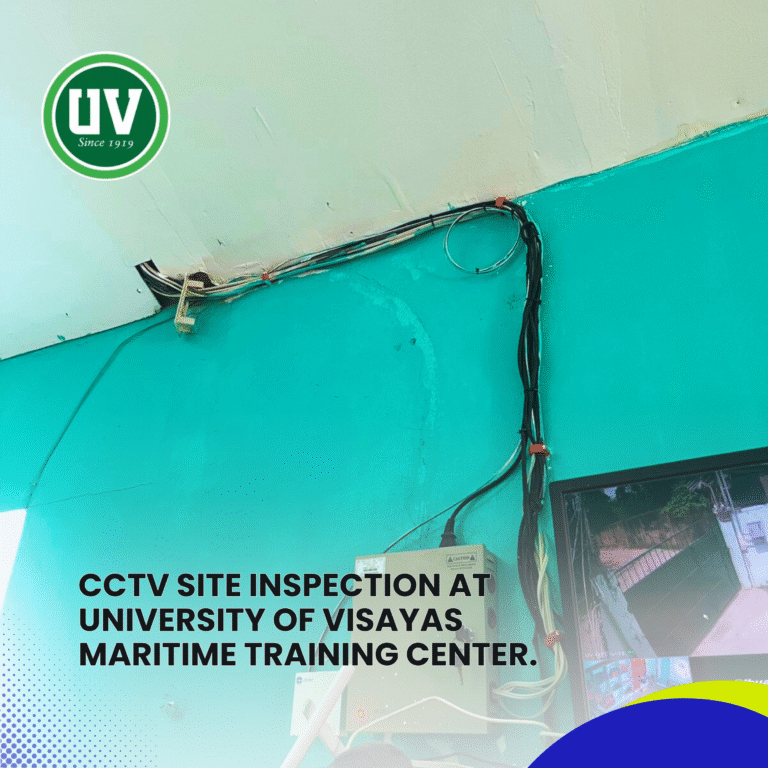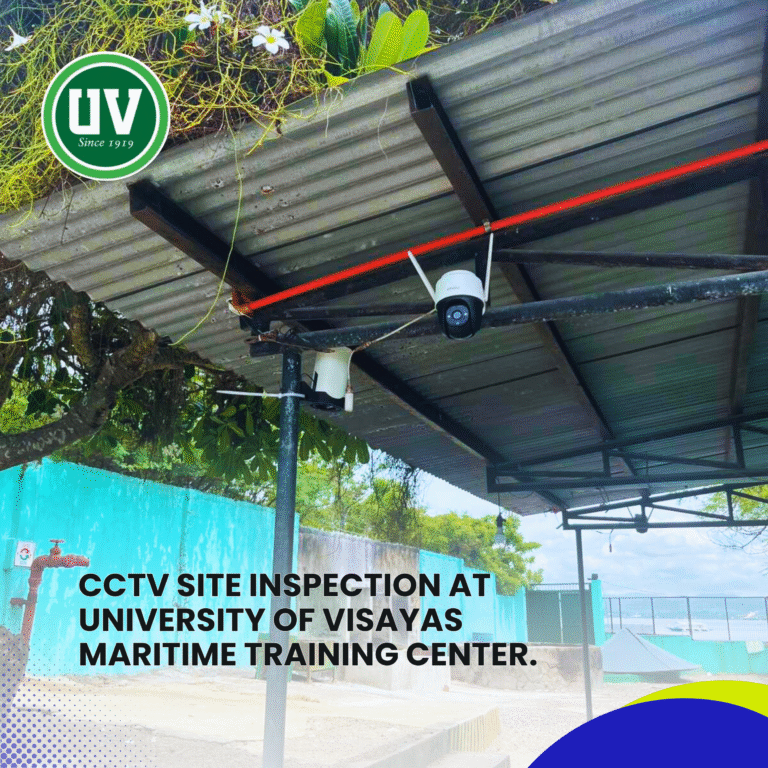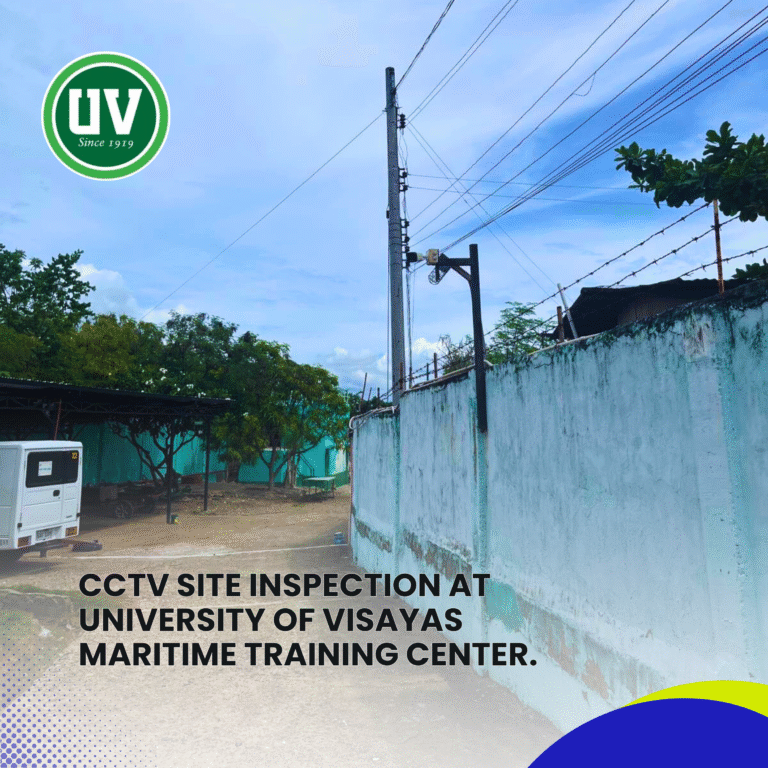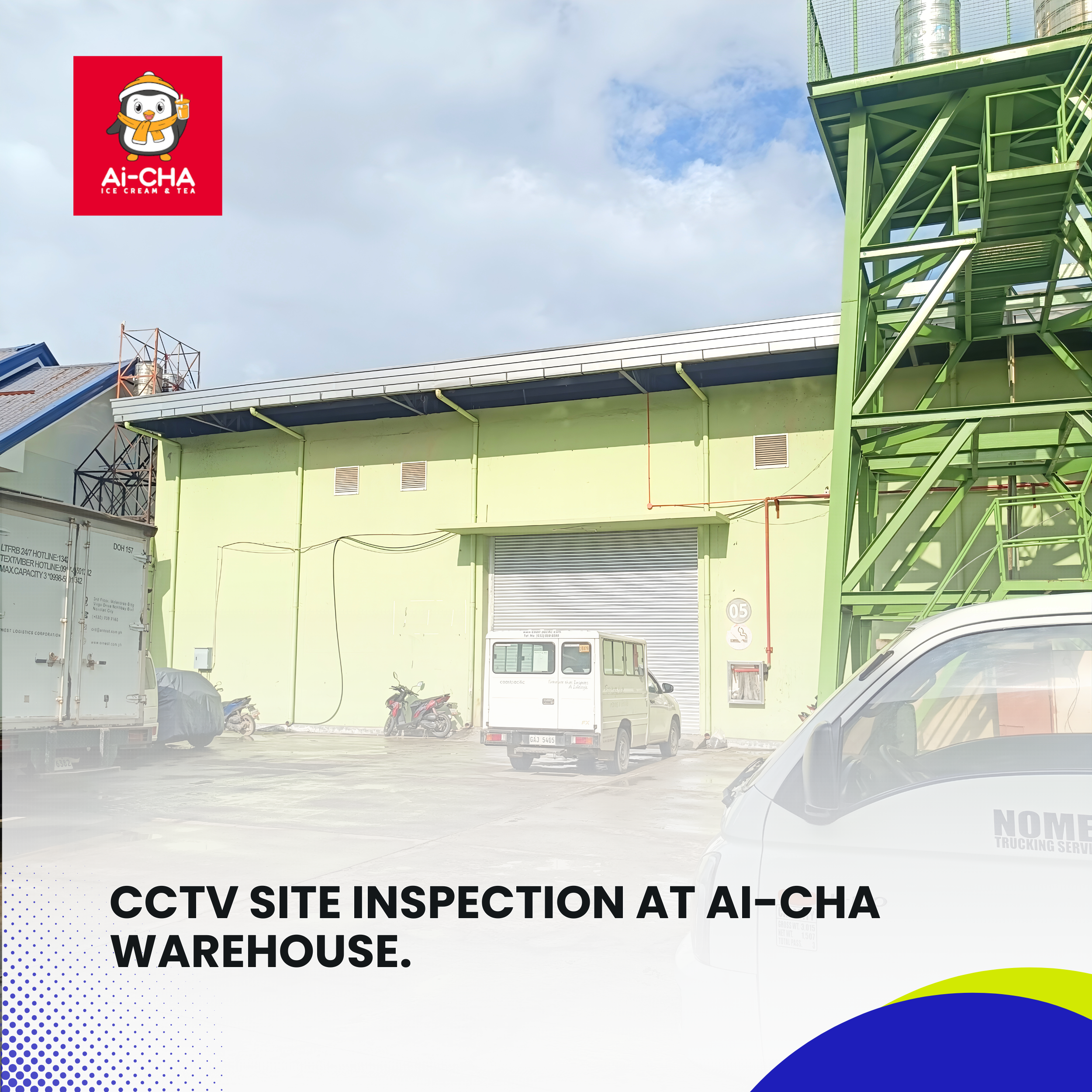Structured Cabling Supply and Installation at Secret Paradise, Palawan — First Progress Update. Introduction The Intercom System Installation Project officially began its first major phase with the start of piping implementation on …
CCTV Site Inspection at University of Visayas Maritime Training Center.
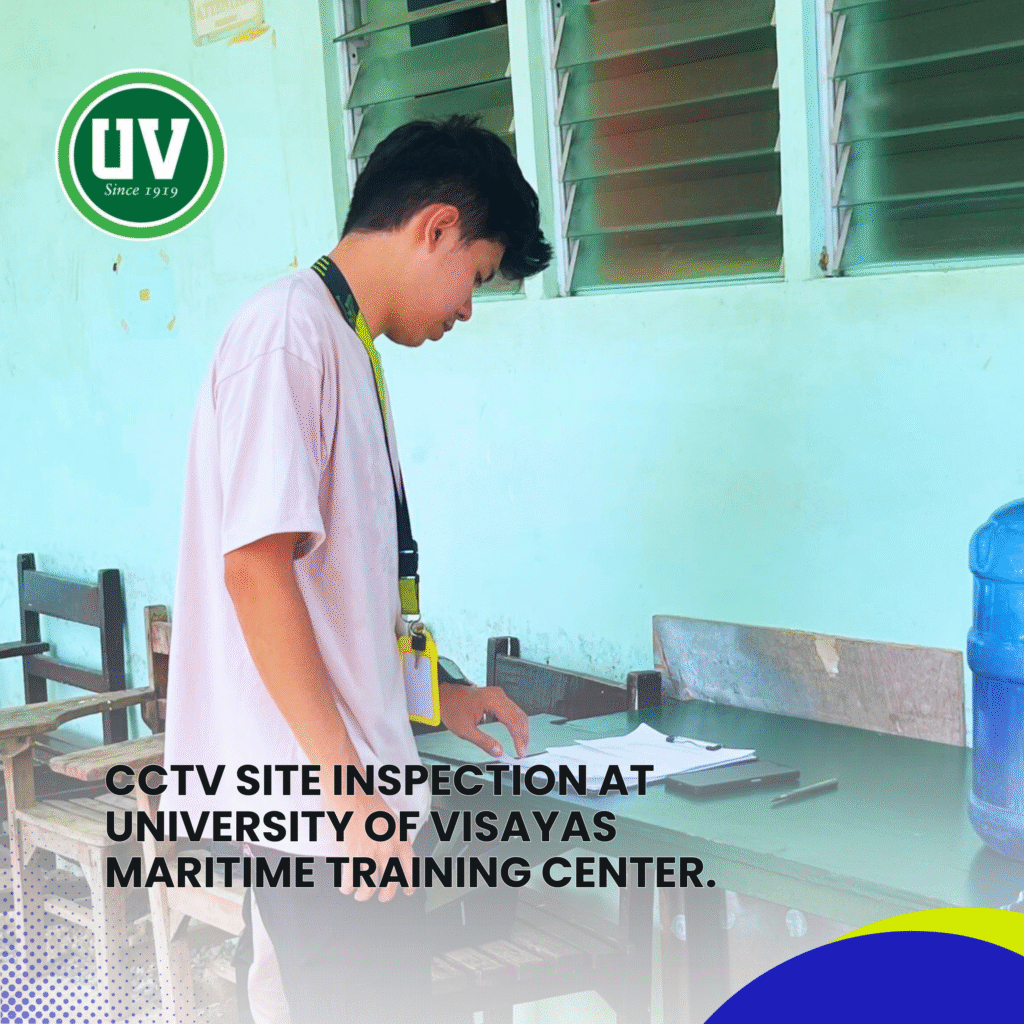
Introduction
In today’s fast-paced educational environment, ensuring the safety and security of students and staff is a top priority. This is especially true for institutions with specialized training facilities that require constant monitoring and protection. The University of Visayas Maritime Training Center (UV-MTC) is a respected institution dedicated to preparing future maritime professionals, and part of that commitment includes maintaining a dependable and effective CCTV surveillance system.
To support the university’s safety and operational goals, Installersph IT Solutions was invited to perform a detailed CCTV site inspection. The objective was to evaluate the current surveillance infrastructure, identify any issues, and recommend appropriate upgrades that would enhance performance, reliability, and long-term usability. This case study outlines the findings from the inspection, along with the recommendations provided to address the site’s specific security needs.
Site Inspection Video.
Objectives of the Inspection.
The primary goals of the CCTV site inspection were to:
Assess the functionality and coverage of the existing CCTV system.
Identify any deficiencies or areas requiring improvement.
Evaluate the quality and layout of cabling and equipment installations.
Provide actionable recommendations to enhance system performance and reliability.
Inspection Process.
The inspection was carried out through a systematic approach:
Coordination: Initial discussions with UV-MTC’s administrative and technical staff to understand existing concerns and requirements.
Physical Assessment: On-site examination of all CCTV components, including cameras, Digital Video Recorder (DVR), power supplies, and cabling.
Functionality Testing: Verification of each camera’s operational status and image quality.
Cabling Evaluation: Inspection of cable routes, lengths, and protective measures.
Documentation: Recording of findings, including photographs and notes, to support the development of recommendations.
Key Findings.
1. Camera Functionality
Operational Cameras: 4 units (2 indoor, 2 outdoor)
Non-Operational Cameras: 2 units identified for replacement
2. Camera Locations
The cameras are strategically placed in the following areas:
Swimming Pool: Outdoor camera
Classroom: Indoor camera
Entrance: Outdoor camera.
Storage Room: Indoor camera
Lounge Area: Outdoor camera.
Additional Locations: One other camera, which is non-functional, was found in an unspecified area.
3. Cabling Concerns
Excessive Cable Lengths: Several camera connections exceed 100 meters, which can lead to signal degradation and power issues.
Lack of Protective Conduits: Cables are exposed in some areas, increasing the risk of physical damage and environmental wear.
4. Equipment Assessment
DVR and Power Supplies: Existing equipment from a previous supplier lacks proper documentation, making maintenance and troubleshooting challenging.
Cable Management: Disorganized cabling without proper labeling or routing hampers system reliability and aesthetics.
Risks and Challenges Identified.
| Issue | Potential Impact |
|---|---|
| Non-functional cameras | Gaps in surveillance coverage |
| Exposed cabling | Increased risk of damage and system failure |
| Excessive cable lengths | Signal loss and reduced image quality |
| Lack of documentation | Difficulties in maintenance and upgrades |
| Aging equipment | Potential for unexpected system failures |
Recommendations.
1. Preventive Maintenance System (PMS).
Implement a regular maintenance schedule to:
Clean and test all cameras quarterly.
Inspect and secure all cabling.
Update firmware and software as needed.
Maintain detailed records of all maintenance activities.
2. Replacement of Faulty Cameras.
Replace non-functional cameras with high-definition, weather-resistant models suitable for their respective environments.
3. Structured Cabling and Protection.
Re-route cables to minimize length where possible.
Install protective conduits and moldings to safeguard cables.
Label all cables for easy identification and maintenance.
4. Equipment Upgrade.
Consider upgrading the DVR and power supply units to models that support higher resolutions and offer better reliability.
5. Staff Training and Documentation.
Provide training for relevant staff on system operation and basic troubleshooting. Develop comprehensive documentation for the CCTV system, including schematics and maintenance logs.
Benefits of Implementation.
Enhanced Security: Improved surveillance coverage and reliability.
Operational Efficiency: Easier maintenance and quicker issue resolution.
Cost Savings: Reduced risk of equipment failure and associated costs.
Compliance: Better alignment with safety and security standards.
Conclusion.
The CCTV site inspection at the University of Visayas Maritime Training Center highlighted critical areas for improvement in the existing surveillance system. By addressing the identified issues through recommended upgrades and maintenance practices, UV-MTC can significantly enhance the safety and security of its campus environment.
Case Studies
Starlink and Access Point Site Inspection at Tubod Flowing Water Resort. Introduction. In an increasingly connected world, internet connectivity plays a vital role in both business operations and guest experience. Recognizing the …
CCTV Site Inspection at Ai-CHA Warehouse. Introduction. In today’s business environment, security is a top priority—especially for facilities that store valuable goods and equipment. To enhance the safety and monitoring capabilities of …


